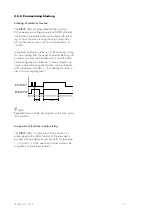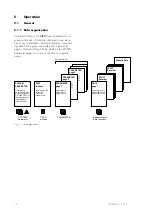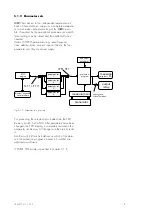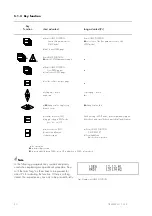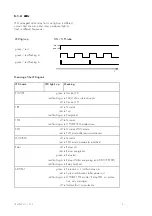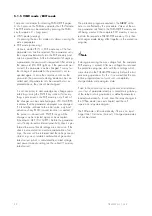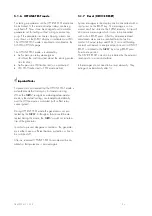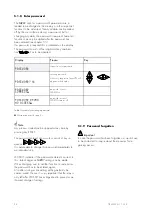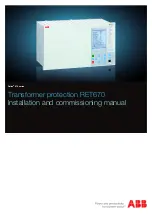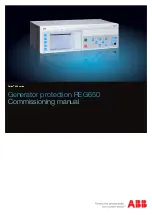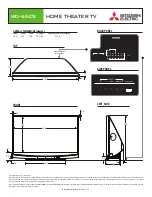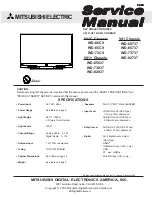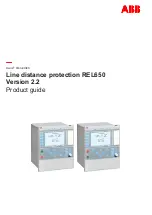
TB MRD1-G 11.01 E
9
General idealized view
Differential protection is a strict selective object protec-
tion and is based on the current measuring principle at
the input and output side of the object being pro-
tected. Dependent on the earthing method used, the
neutral can also be included in measuring and bal-
ance.
The area between input and output CTs of the object
is classed as protection zone supervised by the
MRD1
. Included in the protection zone are also CTs
and CT connection wire to the relay.
protected area
MRD
Mains
STAR
point
generator stator
Fig. 1:
Definition of protection zone
The relay checks constantly if the incoming currents of
a winding are met by respective outgoing currents. If
the balance of the conductor currents shows a differ-
ence, this may suggest a fault within the protection
zone.
Note!
Motors and generators are to be handled from the dif-
ferential protection in the same way.
To distinguish between faults occuring within (inter-
nally) or outside (externally) of the protection zone is
the main purpose of the differential protection because
at internal faults the differential protection relay must
trip, but not so at external faults.
Examples:
External fault
During a short circuit occuring at the grid, the short cir-
cuit current flows through the generator. The difference
between incoming and outgoing currents of all genera-
tor terminals is small (in ideal cases = zero) I
1
-I
2
= 0.
The differential protection relay does not trip. (Switch-
ing off in such cases probably to be realized by an
overcurrent relay).
MRD
Mains
STAR
point
generator stator
I1
I2
short circuit
current
Fig. 2:
External fault
Internal fault
When an internal fault occurs the current balance is
different. Dependent on the kind of fault a deficit in the
total of incoming currents can be observed. A winding
short circuit, for instance, can be fed from both sides,
even if with different intensity. But this short circuit does
not go through the generator, it is fed from both sides
into the generator. So therefore the current balance
shows a difference.
MRD
Mains
STAR
point
generator stator
I1
I2
short circuit
current
short circuit
current
Id
Fig. 3:
Internal fault (example of a short circuit fed from
two sides)
Due to the chosen direction of the reference arrow,
current I
2
flows here in negative direction.
The differential relays detects a current difference of
I
1
-I
2
= Id and trips when Id has exceeded the set
threshold.

















